Oregon Trail Rally is the state’s biggest stage rally event. It brings out both the big dogs, such as the Subaru Motorsports USA team that includes David Higgins and Travis Pastrana—as well as privateers campaigning a host of various rally cars. And if you were wondering, Higgins and his co-driver, Craig Drew, took first place overall; Pastrana and his co-driver, Robbie Durrant, took second place; and the McKenna Motorsports team of Barry McKenna and Leon Jordan took third in their very competitive 2011 Ford Fiesta. Full results can be found on the American Rally Association website.
But for me, “OTR” isn’t just about who wins. It’s about embracing the full-on rally culture; seeing the vast diversity of the rally vehicles. Yes, there are some wickedly amazing Subarus that can reach 130 mph and jump 134 in length. They are, needless to say, incredible. However, I love seeing the old-school cars, such as the 1978 MKII Ford Escort, the 1989 Porsche 964, the old and new Honda Civics, the normally aspirated Subarus (including a Brat!), and the oddballs such as the Dodge Caliber SRT-4, the Toyota Yaris, or the slew of Volvos. This automotive variety keeps it interesting. I truly love it.
Day one of OTR is always held at Portland International Raceway (PIR). Having stage one here allows Portlanders the chance to check out the cars up close, meet the drivers face to face, and see the excitement that is stage rally.
Day two’s stages are held around Goldendale, WA. This includes dirt stages, as well as the renowned Maryhill Curves, a privately owned section of asphalt ribbon climbing the gorge’s wall.
With a backdrop of flowing green and gold grass and towering windmills, the Maryhill Curves are a sight to behold.
I was actually fortunate enough to get a ride up the hill in a DirtFish rally car piloted by instructor Nate Tennis. Nate’s won multiple two-wheel drive rally championships, and has been with DirtFish since 2009. He’s a seriously good wheelman, and it showed on our high-paced run up Maryhill. The car we were in was a modified WRX STI. The engine was stock, but the suspension was upgraded, there was a roll cage, and it was on Hoosier gravel tires. Oh, and the sways were removed. Yes, removed. Why? Because it was an instruction car and they want their students to experience the car with weight transfer. Plus, it slows things down so the car isn’t as twitchy for students.
Day three’s routes embrace the dusty dirt roads near Dufur, OR. With rooster tails of dirt and gravel, these stages provide plenty of driving challenges for driver and navigator. One of the most anticipated areas is Boyd Jump, a hazard that can send the fastest cars sailing as much as 134 feet forward through the air. Conversely, it can send you nose-first into the dirt destined for a spin-out. Such was the case for the 2004 Acura RSX Type S with Tanveer Deen and Michael Michael Szewczyk.
After hitting the jump with much gusto, the front end came down hard leading to a spinout along with a detached a-arm, axle, and wheel/tire.
Thankfully, it was just a big spin and not a hard roll. After getting off the stage, the duo was able to get the car back onto the track to continue competition.
It’s this determination—this fighting spirit that is also the essence of rally. It’s not only you against the clock, it’s you against yourself, the terrain, and sometimes even your own vehicle.
My wife, Mercedes, and I also got the chance to go up in Subaru’s helicopter to chase Higgins and Pastrana on course. It was not only our first helicopter ride, but it was simply incredible to pace these two dirt-going rocketships across the dusty terrain. Watching them float over bumps, slide through chicanes, and blast down straight sections from the air was something that will not soon be forgotten. It’s like watching it through a whole other set of eyes.
Rally is kind of like the soccer of motorsports in the U.S. It has a hardcore following, but it’s never quite caught on like other mainstream forms of motorsports. And like other niche things, it has a tightly knit, hardcore following and the people involved often end up becoming like family. In fact, many people refer to the people in attendance as their rally family. It’s a close knit community of spectators, volunteers, and racers.
If you’ve never experienced the energy behind stage rally, it’s totally worth the time. There’s speed, drama, community, action. It’s a heck of a good time. We’re fortunate to have Oregon Trail Rally in our backyard, but it’s worth the miles to go check out any American Rally Association Rally to experience it for yourself. You likely won’t be disappointed.
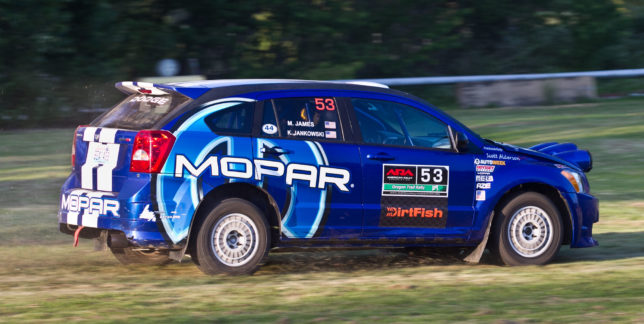
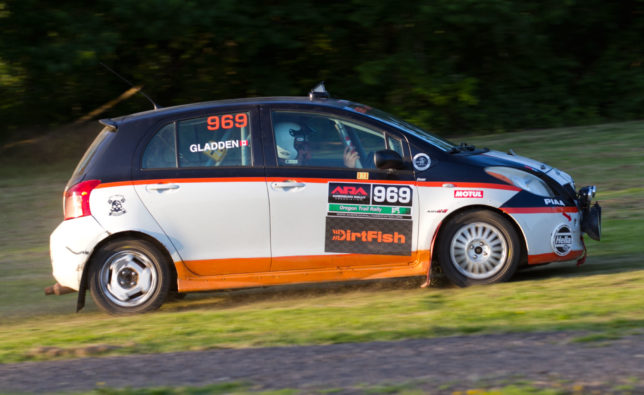
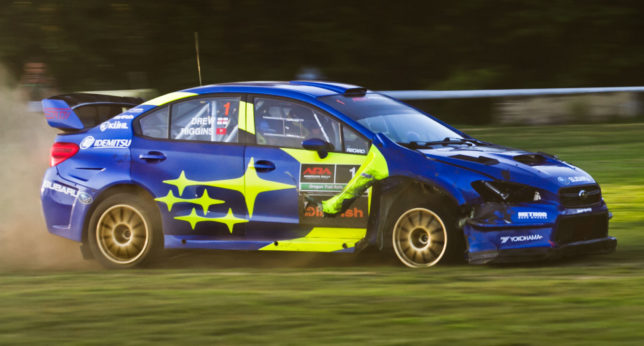

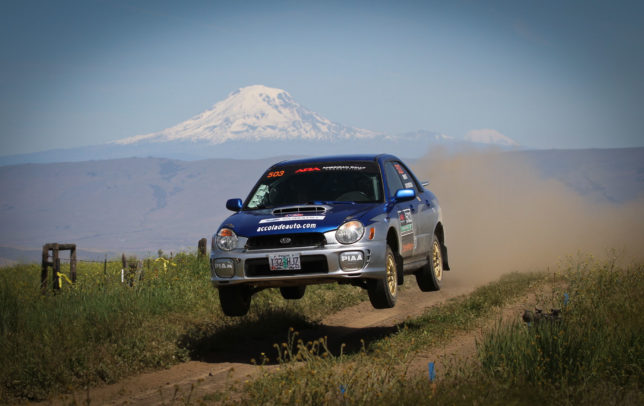
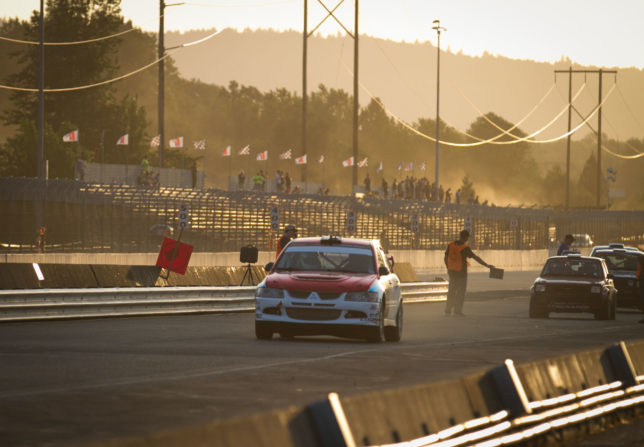
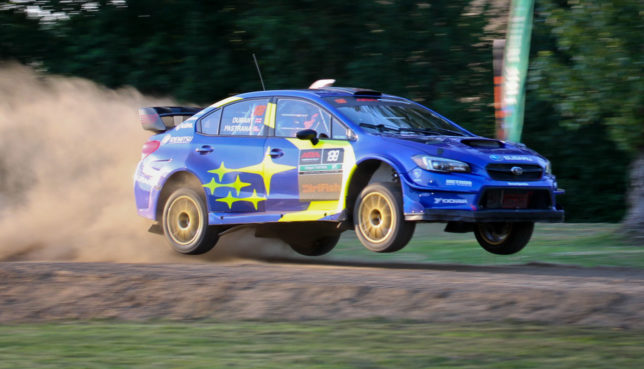
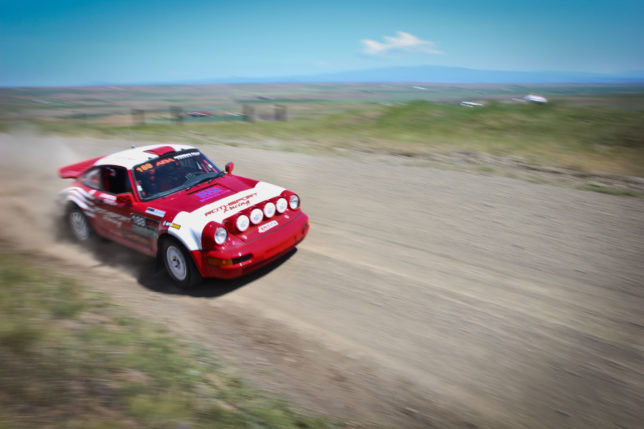
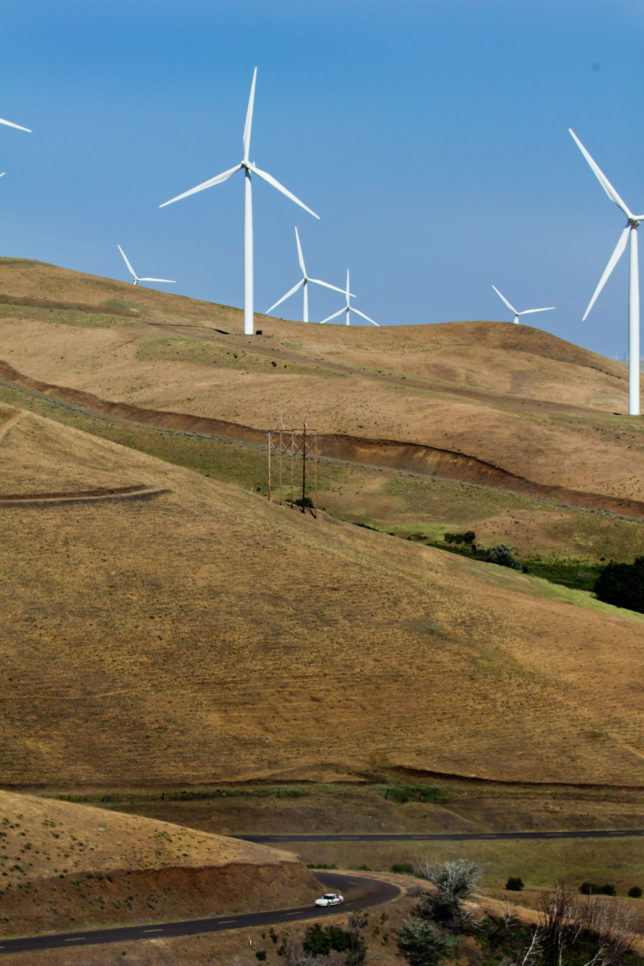
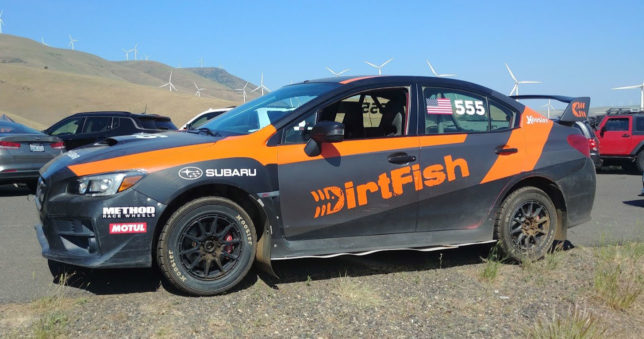
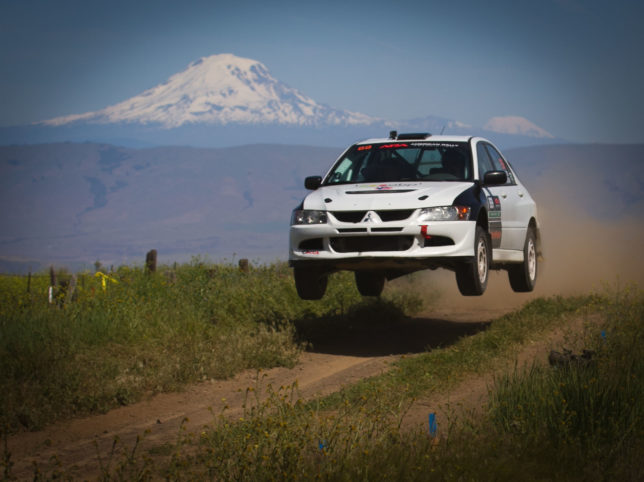
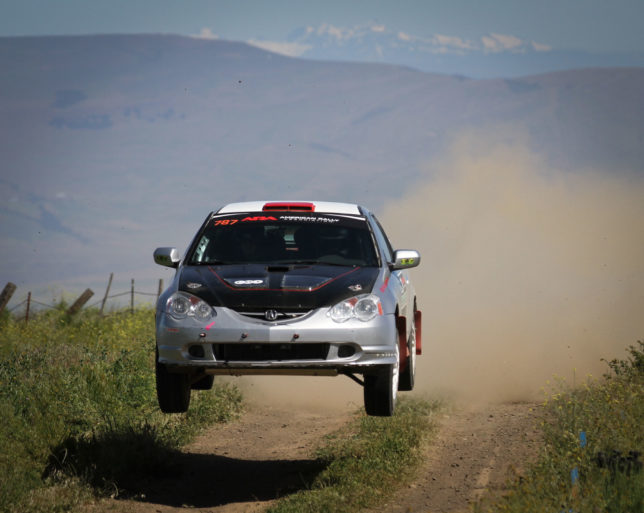
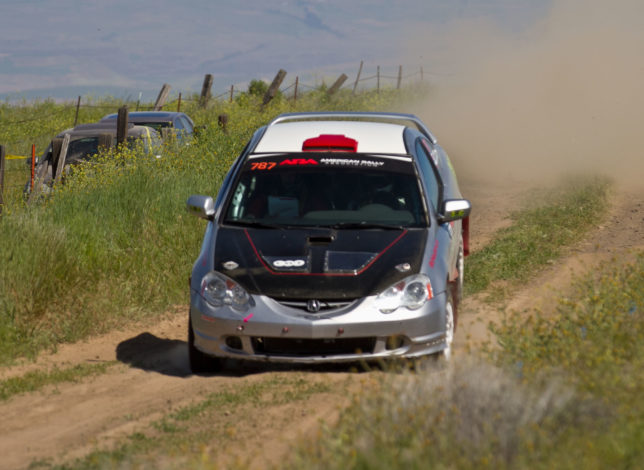
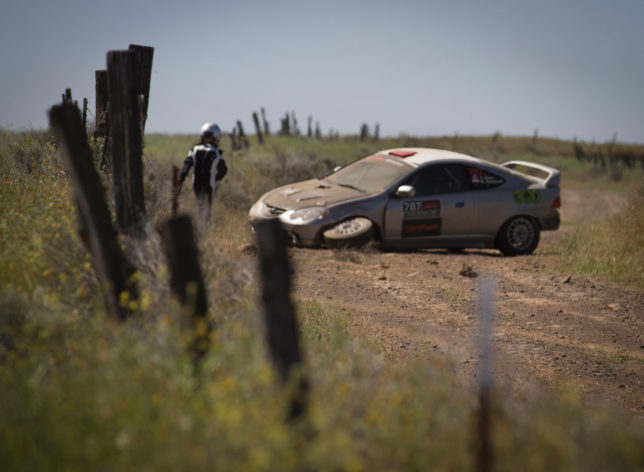
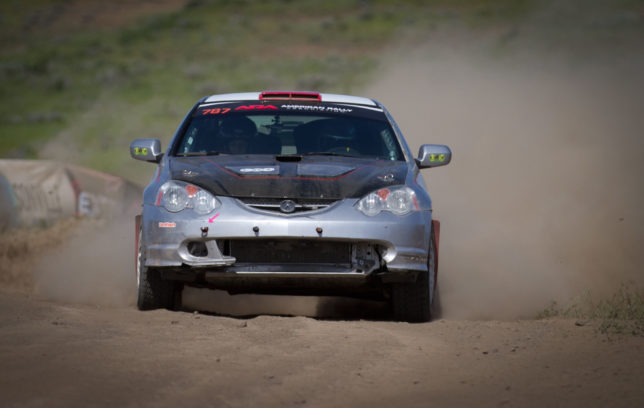
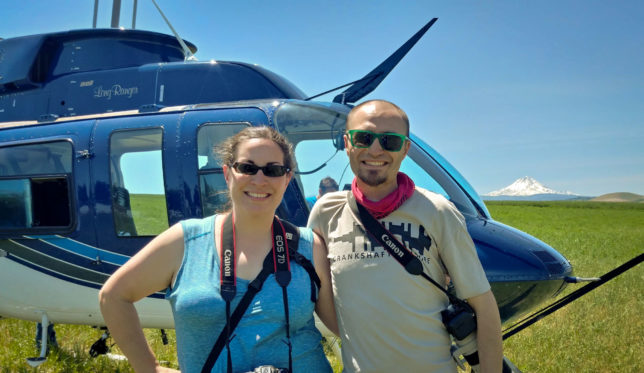
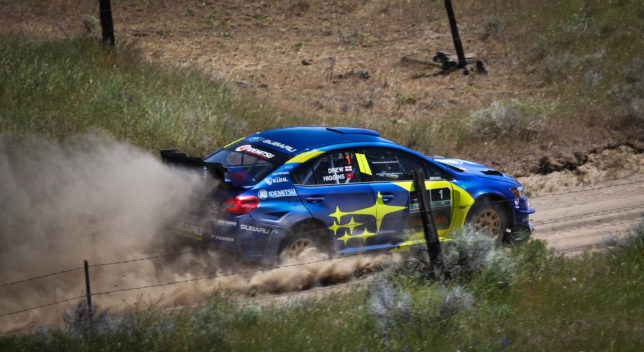
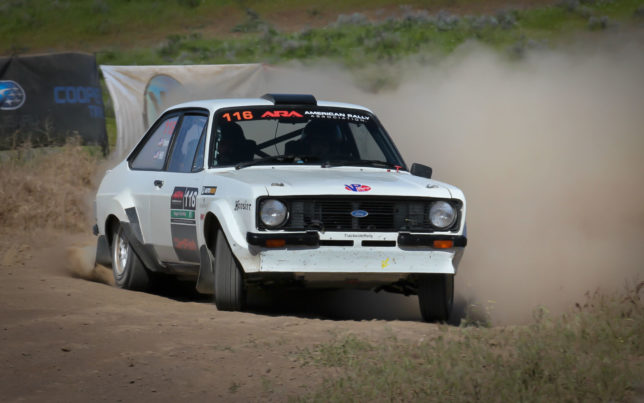
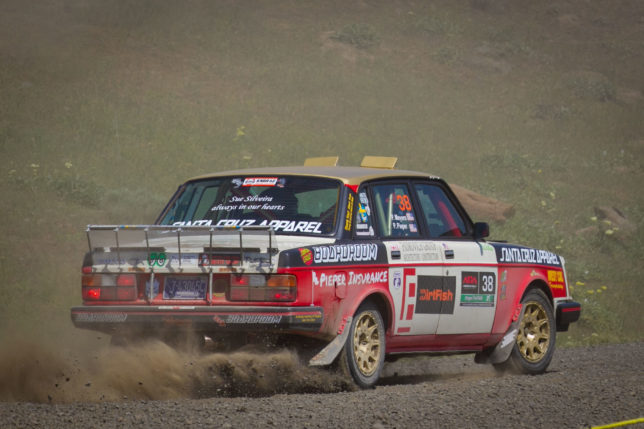
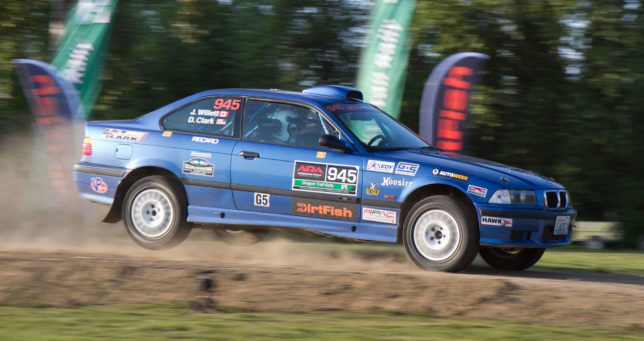
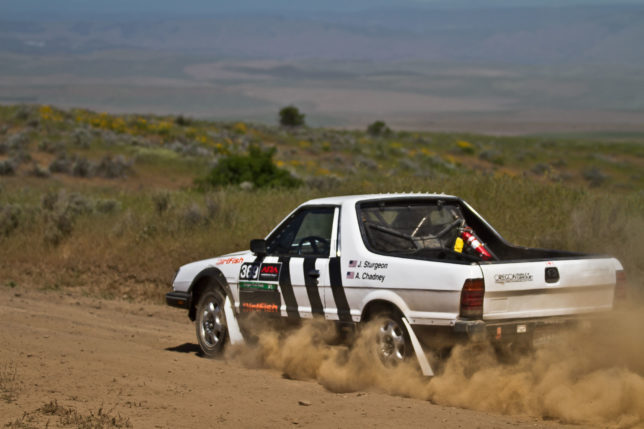
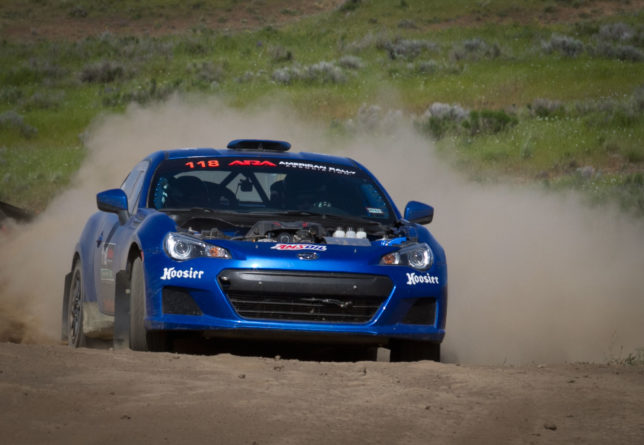
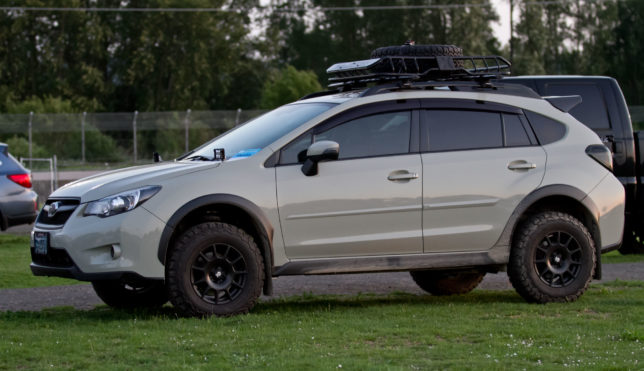
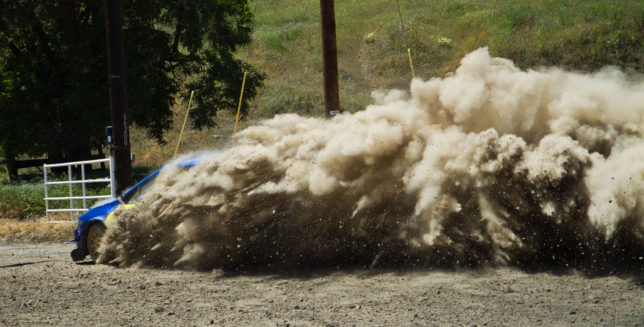

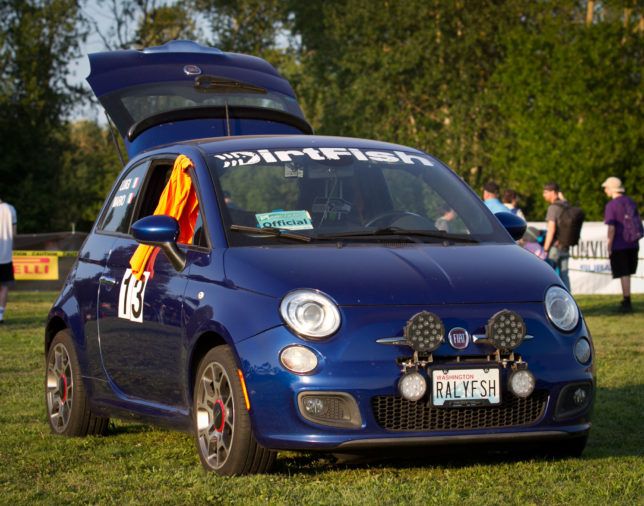
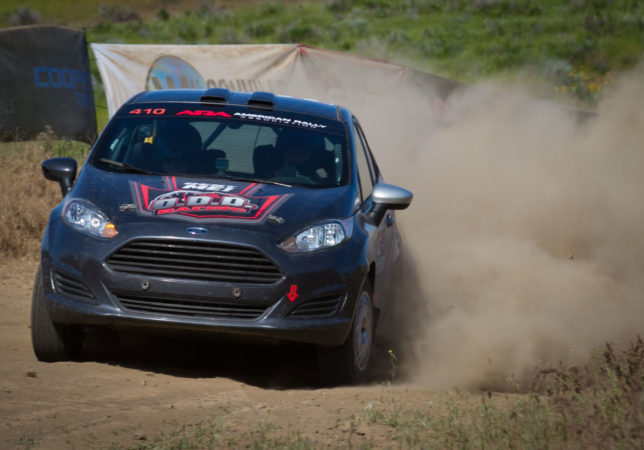
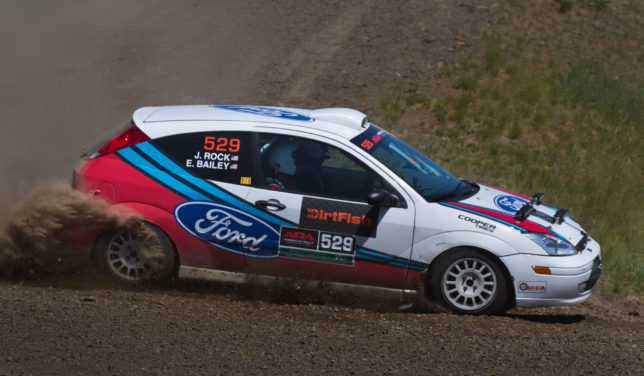
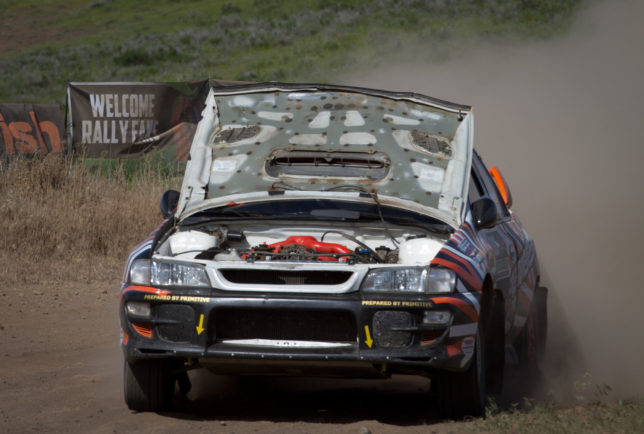
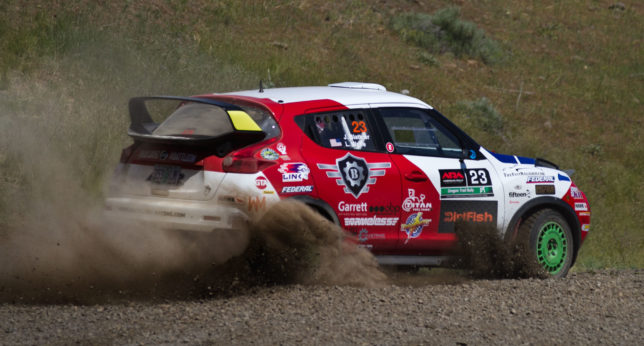
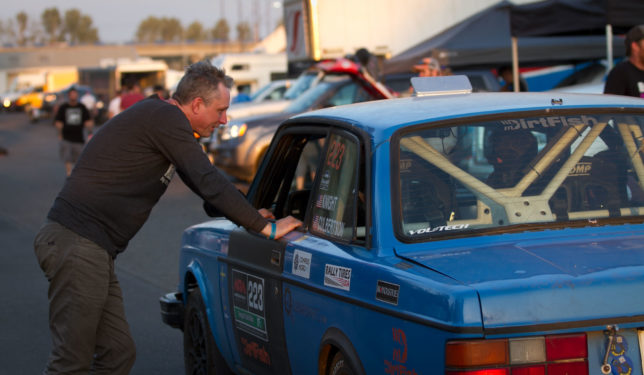

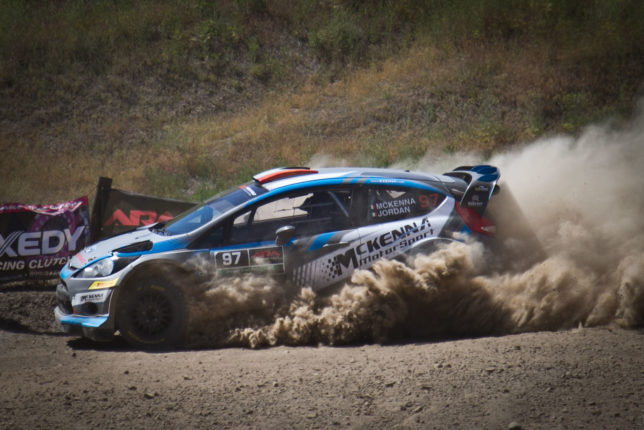
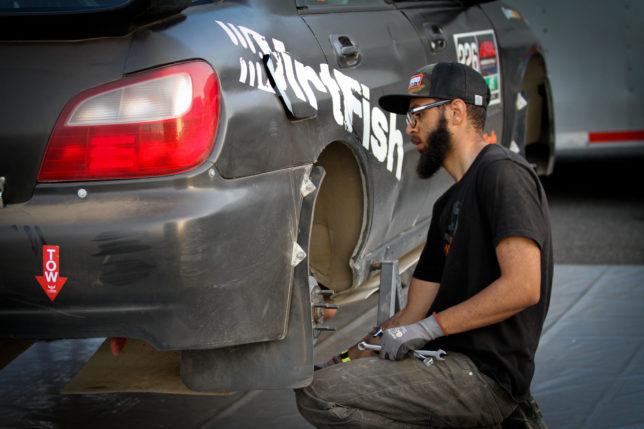

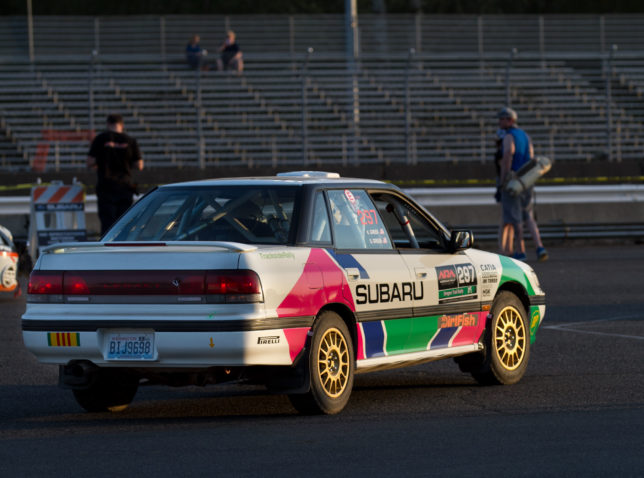
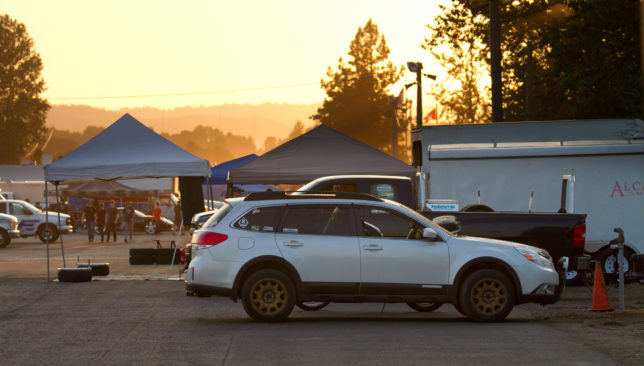

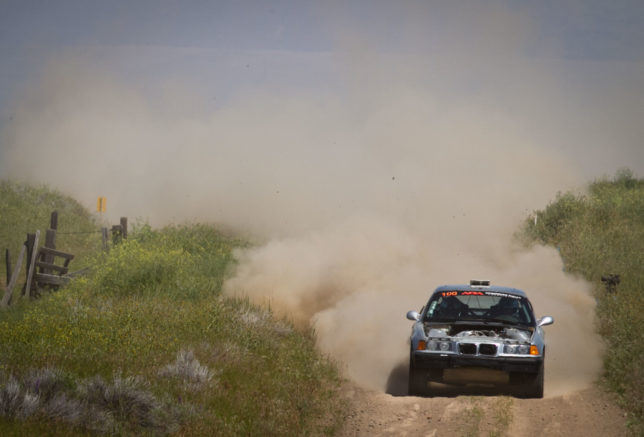
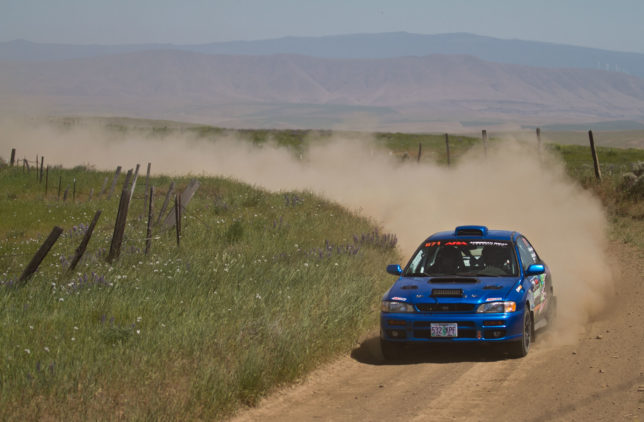

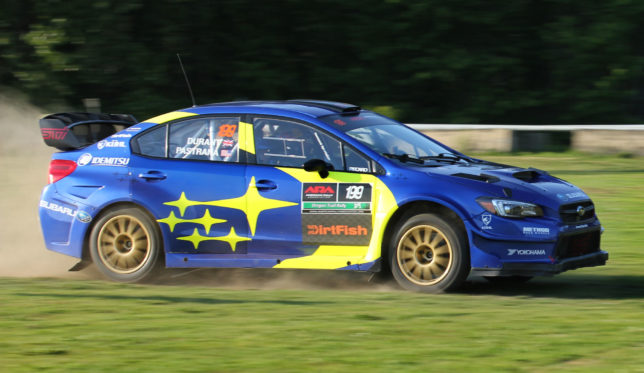
1 Comment